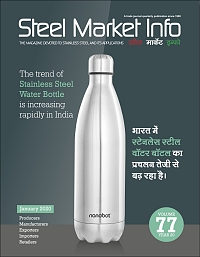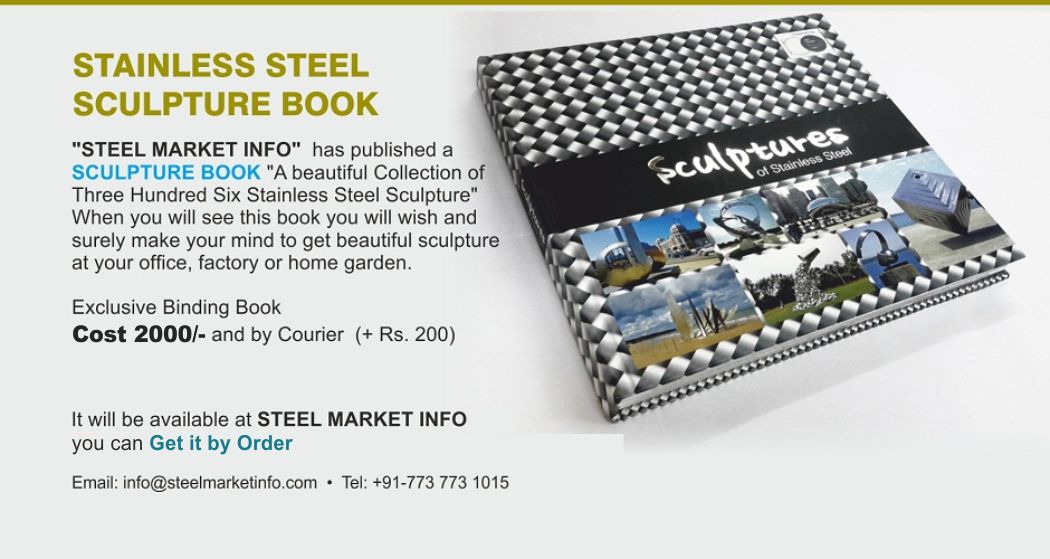
|
Cover Story
The vacuum flask was designed and invented by Scottish scientist Sir James Dewar in 1892 as a result of his research in the field of cryogenics and is sometimes called a Dewar flask in his honour. He evacuated the air between the two chambers, creating a partial vacuum to keep the temperature of the contents stable. Through the need for this insulated container James Dewar created the vacuum flask, which became a significant tool for chemical experiments and also became a common household item. The flask was later developed using new materials such as glass and aluminum; however, Dewar refused to patent his invention.
The manufacturing and performance of the Thermos bottle was significantly improved and refined by the Viennese inventor and merchant Gustav Robert Paalen, who designed various types for domestic use, which he also patented, and distributed widely, through the Thermos Bottle Companies in the United States, Canada and the UK, which bought licences for respective national markets. Over time, the company expanded the size, shapes and materials of these consumer products, primarily used for carrying coffee on the go and carrying liquids on camping trips to keep them either hot or cold. Eventually other manufacturers produced similar products for consumer use.
The past couple of years have seen a rise in consciousness around single-use plastic. As of 2017, a million reusable bottles were bought across the globe each minute, with many of these destined for landfill or the ocean rather than the recycling centre. We're only just coming to terms with the effects this may have.
Reusable ones are sharply on the rise; Water fountains are more common sights in British towns, and supermarkets are being urged to offer water dispenser.
Whether you're commuting, hiking or at the gym, a reusable water bottle is a handy way of ensuring you get enough water throughout the day
There are several types of bottles, but the main ones you'll come across are stainless steel, glass and hard plastic. Some come with built-in filters, ideal if you're in a location that has iffy-tasting water. Others (mostly stainless steel), can be used for hot or cold drinks – usually with a guarantee of 12 and 24 hours respectively.
"Stainless steel is very robust and stable," says Tim Field, an environmental scientist at Daylesford. "It can be washed time and again, though it has to be hand washed, as they often come with a thermal lining that can't be machine washed."
Stainless Steel also has eco-credentials. "From my perspective as an environmentalist, steel's great because it's very easily recycled. If you do end up driving over it, if it somehow breaks, or that cap loses its seal, it can be recycled."
Backpacks always carry food and water for a day or more. In the recent years, stainless steel has everged as the best preferred material for food contact, and water containers as it is sustainable and does not release phthalates or any other chemical. |





